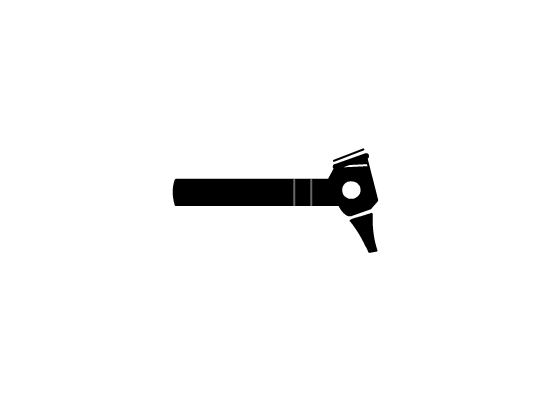1. Name of the location of 90% of epistaxis
2. A genetic disorder that forms AV malformations in the skin, lungs, brain etc
3. Name of posterior vascular plexus in the nasal cavity causing posterior epistaxis
4. 1st line treatment for all epistaxis
5. The common brand name for anterior nasal packing
6. Chemical used in cautery sticks
7. Physically scaring complication of posterior nasal packing with foleys catheter
Coming soon..
Anatomy of the Outer Ear
Normal ear anatomy
The ear consists of three parts: the outer ear, the middle ear and the inner ear. Each of these has a number of structures within it.
Outer
Middle
Inner

The outer ear is made up of the pinna and ear canal. The canal or E.A.M (external auditory meatus), a sigmoid shaped skin lined tube, which has a cartilaginous (outer) and bony part. The tympanic membrane demarcates the end of the outer ear and the beginning of the middle ear.
Normal ear drum anatomy
This is a normal left tympanic membrane. Take time to identify the normal anatomy of this structure.

These are terms that are used frequently in the ENT clinic and in text books
Annulus
The annulus is a thickened ring of collagen at the periphery of the pars tensa. It does not surround the pars flaccida. It sits in a bony groove in the tympanic bone. A cross section of the pars tensa finds the annulus to be a thickening of the middle fibrous layer of the tympanic membrane.a normal right tympanic membrane.
Take time to identify the normal anatomy of this structure.

Attic
The attic is a term used to describe loosely the space in the middle ear that lies above the level of the lateral process of the malleus. Consequently, most of it cannot truly be seem from the outside unless it has been exposed by disease.
In health the attic contains the head of the malleus and body of the incus together with their suspensory ligaments.
Handle (of the malleus)
The most lateral of the three ossicles is the malleus. It is attached to the fibrous layer of the tympanic membrane by it's handle. This is visible from the outside.
The handle is orientated backwards and downwards in health but in tympanic membrane retraction it appears more horizontal.
Lateral process (of malleus)
This is simply a short process from the malleus that tents up the tympanic membrane.
Light reflex
This is found in the anterior inferior quadrant of the tympanic membrane when the tympanic membrane is healthy. A diagram of the quadrants of the tympanic membrane is shown below.

The four quadrants of the tympanic membrane:
-
PSQ posterior superior quadrant
-
ASQ anterior superior quadrant
-
PIQ posterior inferior quadrant
-
AIQ anterior inferior quadrant.
Pars flaccida
This makes up the superior one fifth of the ear drum. It lies above the anterior and posterior malleolar folds and has no annulus. It is quite thin and floppy and is, therefore, prone to retraction when there is negative middle ear pressure.
Pars tensa
This makes up the majority of the tympanic membrane. It is a firm structure with an annulus.The malleus is attached to it. In general it is strong but that part of it in the posterior superior quadrant is slightly weaker than the rest and retraction can start here.
Umbo
This is the region of the tympanic membrane at the lowest tip of the malleus. It is here that all of the cells that make up the outer layer of the tympanic membrane and the ear canal originate. They migrate outwards across the membrane then out along the ear canal. Once out of the ear canal they die and are shed.

